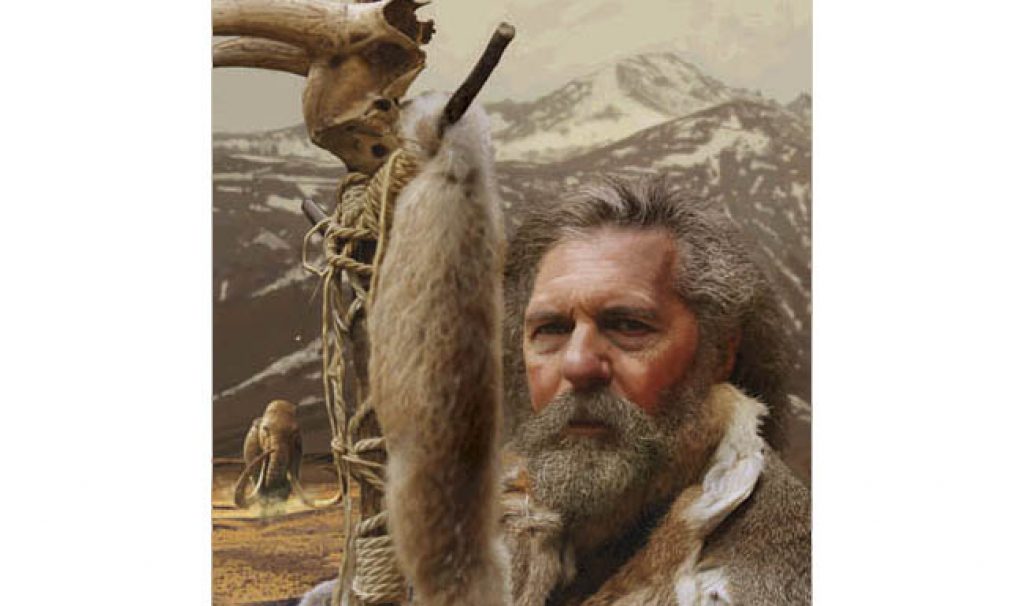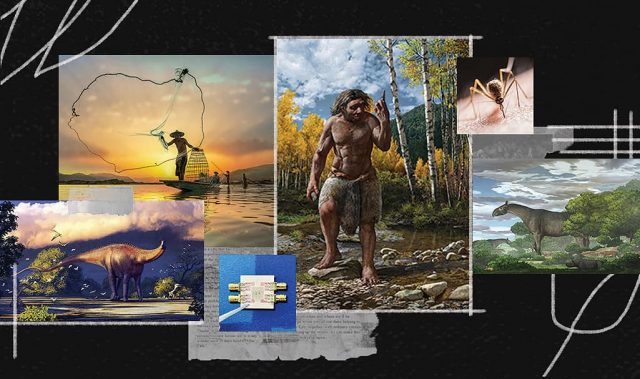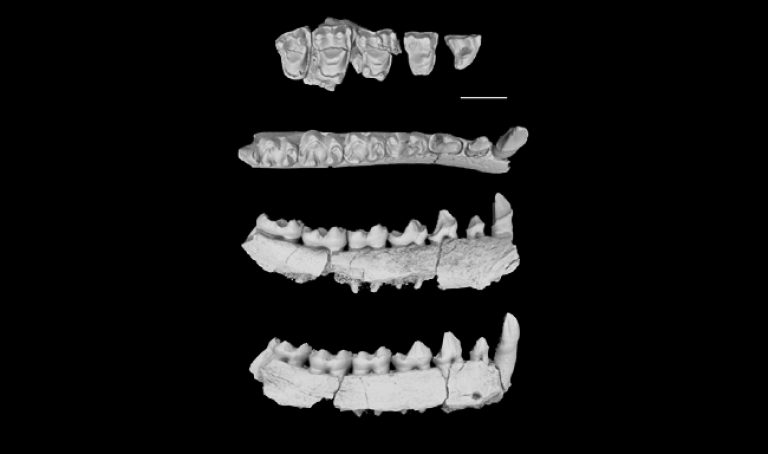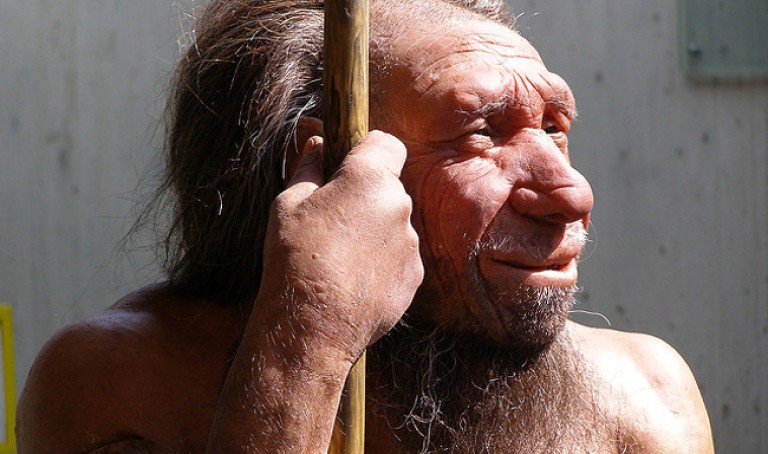
AsianScientist (May 12, 2016) – In a study published in Nature, researchers have found that the proportion of Neanderthal ancestry in Eurasians decreased from 3-6 percent to around two percent before the advent of agriculture. The decrease is more marked near genes than in less conserved regions of the genome, suggesting natural selection against Neanderthal variants in modern humans.
The team, led by Professor Fu Qiaomei from the Institute of Vertebrate Paleontology and Paleoanthropology of the Chinese Academy of Sciences, analyzed genome-wide data from 51 Eurasians from ~45,000-7,000 years ago.
Whereas some of the earliest modern humans in Europe, such as the 40,000- to 45,000-year-old Ust’-Ishim and Oase 1, did not contribute substantially to present-day Europeans, all individuals between ~37,000 and ~14,000 years ago descended from a single founder population which forms part of the ancestry of present-day Europeans.
A ~35,000-year-old individual from northwest Europe represents an early branch of this founder population which was then displaced across a broad region, before reappearing in southwest Europe at the height of the last ice age ~19,000 years ago.
“A new genetic component related to present-day Near Easterners appears in Europe during the first major warming period around 14,000 years ago, which may reflect migrations or population shifts within Europe at the end of the last ice age, an observation that is consistent with the evidence of turnover of mitochondrial genomes at this time,” said Fu.
“It could be the warming weather rather than development of agriculture—as it was previously believed—that drove early Near East residents to Europe and led to the gene fusion.”
Overall, these results document how population turnover and migration have been recurring themes in European pre-history. An important direction for future work will be to generate genetic data from ancient individuals from East Asia, southeastern Europe and the Near East, which will provide further insights into the Upper Paleolithic population history of Eurasia.
“Previous research usually included genome-wide data on only one or two Upper Paleolithic individuals. But this research managed to collect valid genome-wide data from 51 individuals from more than 100 sample bases,” said study co-supervisor, Professor Svante Pääbo from the Department of Evolutionary Genetics at Max Planck Institute for Evolutionary Anthropology.
“Prior to this work, we had a static view of the first 30,000 years of modern human history in Europe. Now we can begin to see how people moved around and mixed with one another during this period.”
The article can be found at: Fu et al. (2016) The Genetic History of Ice Age Europe.
———
Source: Chinese Academy of Sciences.
Disclaimer: This article does not necessarily reflect the views of AsianScientist or its staff.












